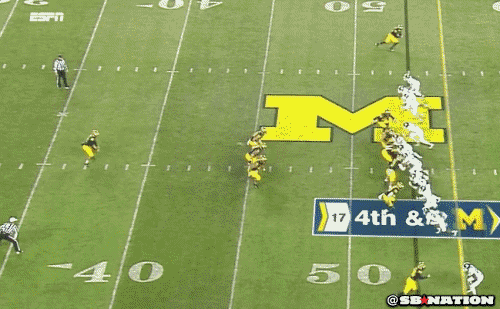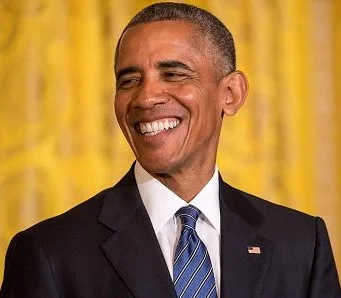Cabinet Nominations of Donald Trump
The role of the Presidential cabinet was established in Article II Section 2 of the U.S. Constitution. Their role is to advise the President on key issues, information, data, or revelations, and report to the President.
Historically, the cabinet first entered U.S. consciousness when President George Washington utilized advisors. Washington’s cabinet was made up of the Secretaries of State, Treasury, War, and the Attorney General. Today’s presidential cabinets have expanded to include the heads of 15 executive departments, comprised of: Agriculture, Commerce, Defense, Education, Energy, Health and Human Services, Homeland Security, Housing and Urban Development, Interior, Labor, State, Transportation, Treasury, and Veterans Affairs, as well as the Attorney General.
President-elect Donald Trump is nearly finished with announcing his cabinet appointees.
This is the list of Trump’s appointees that do not require Senate confirmation:
1. Homeland Security Advisor: Thomas P. Bossert
2. Counselor: Kellyanne Conway
3. Trade Czar: Peter Navarro
4. Regulatory Czar: Carl Icahn
5. Press Secretary: Sean Spicer
6. White House Counsel: Donald F. McGahn II
7. National Security Advisor: Michael T. Flynn
8. Chief of Staff: Reince Priebus
9. Chief Strategist: Steve Bannon
This is the list of Trump’s appointees that do require Senate confirmation:
1. Secretary of State: Rex W. Tillerson
2. Interior: Ryan Zinke
3. Energy: Rick Perry
4. Labor: Andrew F. Puzder
5. Small Business: Linda McMahon
6. Environmental Protection Agency (EPA): Scott Pruitt
7. Homeland Security: John F. Kelly
8. Defense: James N. Mattis
9. Treasury: Steven Mnuchin
10. Transportation: Elaine L.Chao
11. Health: Tom Price
12. Commerce: Wilbur Ross
13. Education: Betsy DeVos
14. United Nations Ambassador: Nikki R.Haley
15. Housing and Urban Development (HUD): Ben Carson
16. Director of the Central Intelligence Agency (CIA): Mike Pompeo
17. Attorney General: Jeff Sessions
18. National Intelligence: To be appointed
19. Agriculture: To be appointed
20. Veterans Affairs: To be appointed
21. U.S. Trade Representative: To be appointed
It is vital to understand why Trump selected these individuals, and that Senate confirmation is required for these nominees to officially assume their cabinet positions.
Prior to any nominations, the White House Office of Presidential Personnel vets the candidates. Candidates are generally obligated to submit a public financial disclosure report, and a background check conducted by the FBI, IRS and Office of Government Ethics. After vetting the list of candidates, the process of confirmation begins with the President providing a written nomination to the Senate.
After the nomination has been passed to the Senate, the Senate member with authority over the position conducts research; allowing time for accurate examination of the nominee. Senate committees with jurisdiction over the cabinet position form to conduct an investigation to ensure the nominee is a suitable option. The committee sets a deliberation date providing time for action to be taken regarding the nominee’s background. If no restrictive action has been taken, the nomination is given a number and added to the Senate’s executive calendar for processing.
For more than a day, the nomination must be held on the Executive Calendar before it reaches the Senate floor. Dates and time are agreed upon by all senators. After the nomination has been considered by all senators, an open and unlimited debate is allowed until the Senate vote to invoke cloture; closing debate.
After closing the debate, the Senate conducts a majority vote to either confirm, reject, or take no action on the nomination. If there’s a nomination that has left the Senate pending, the president can re-submit a counter nomination to Congress.
























